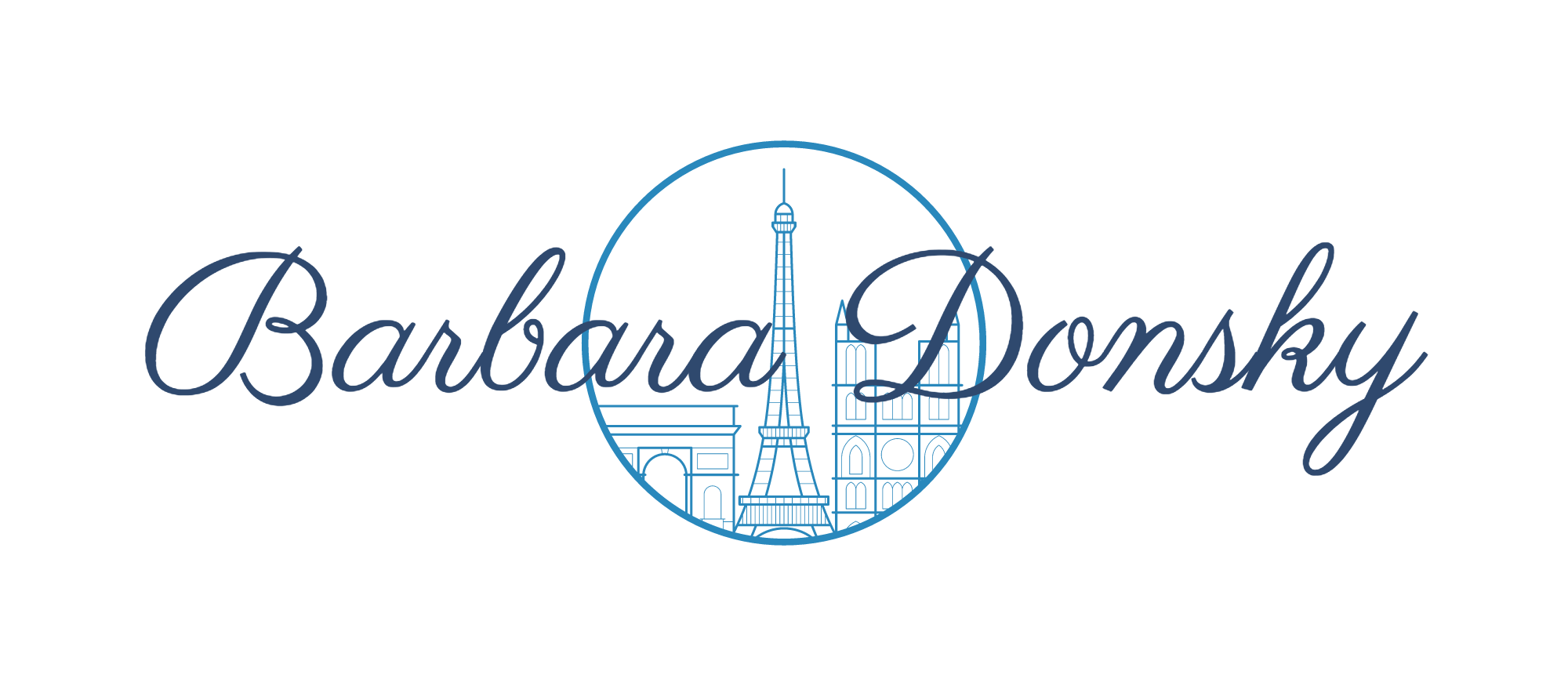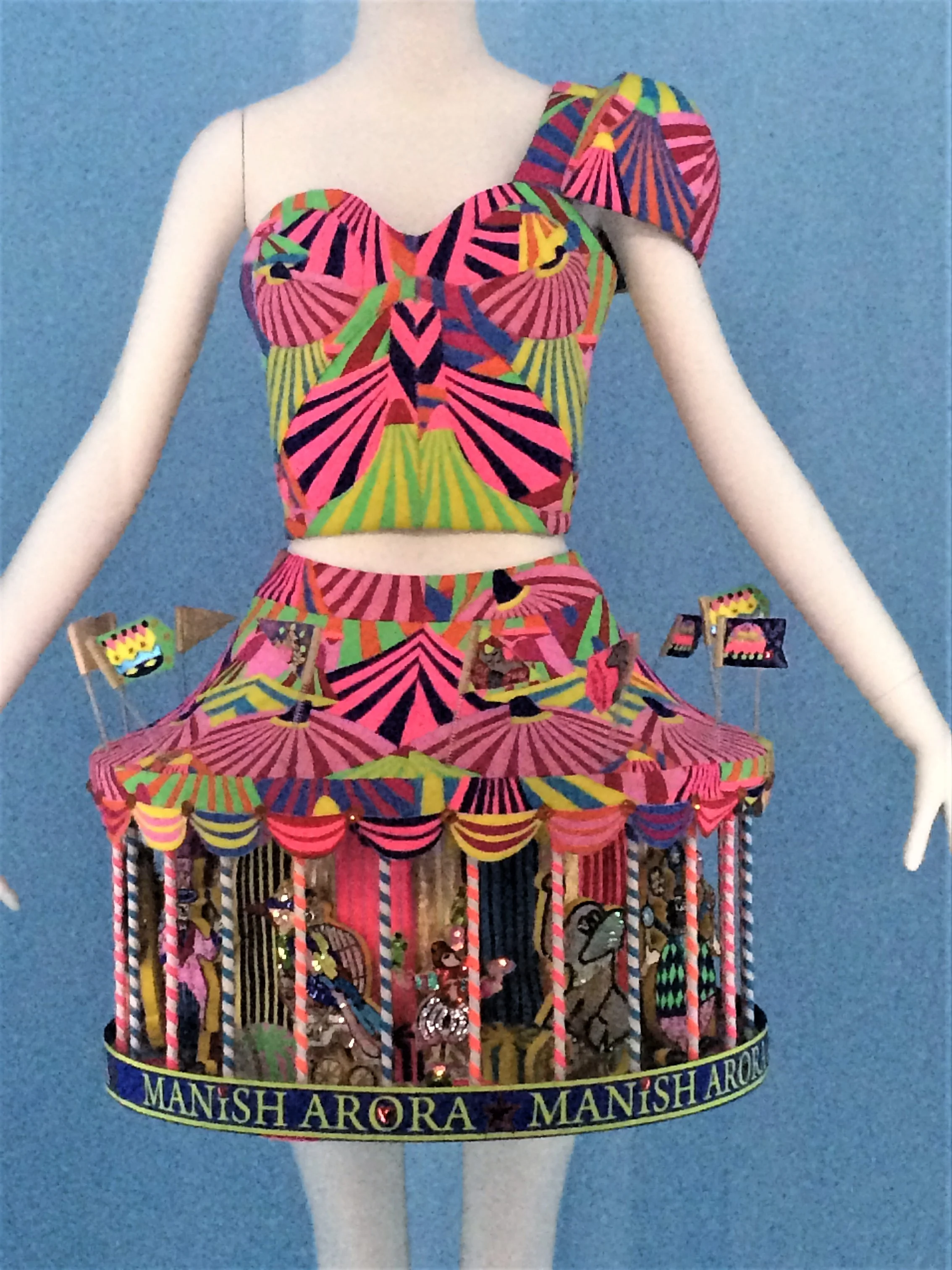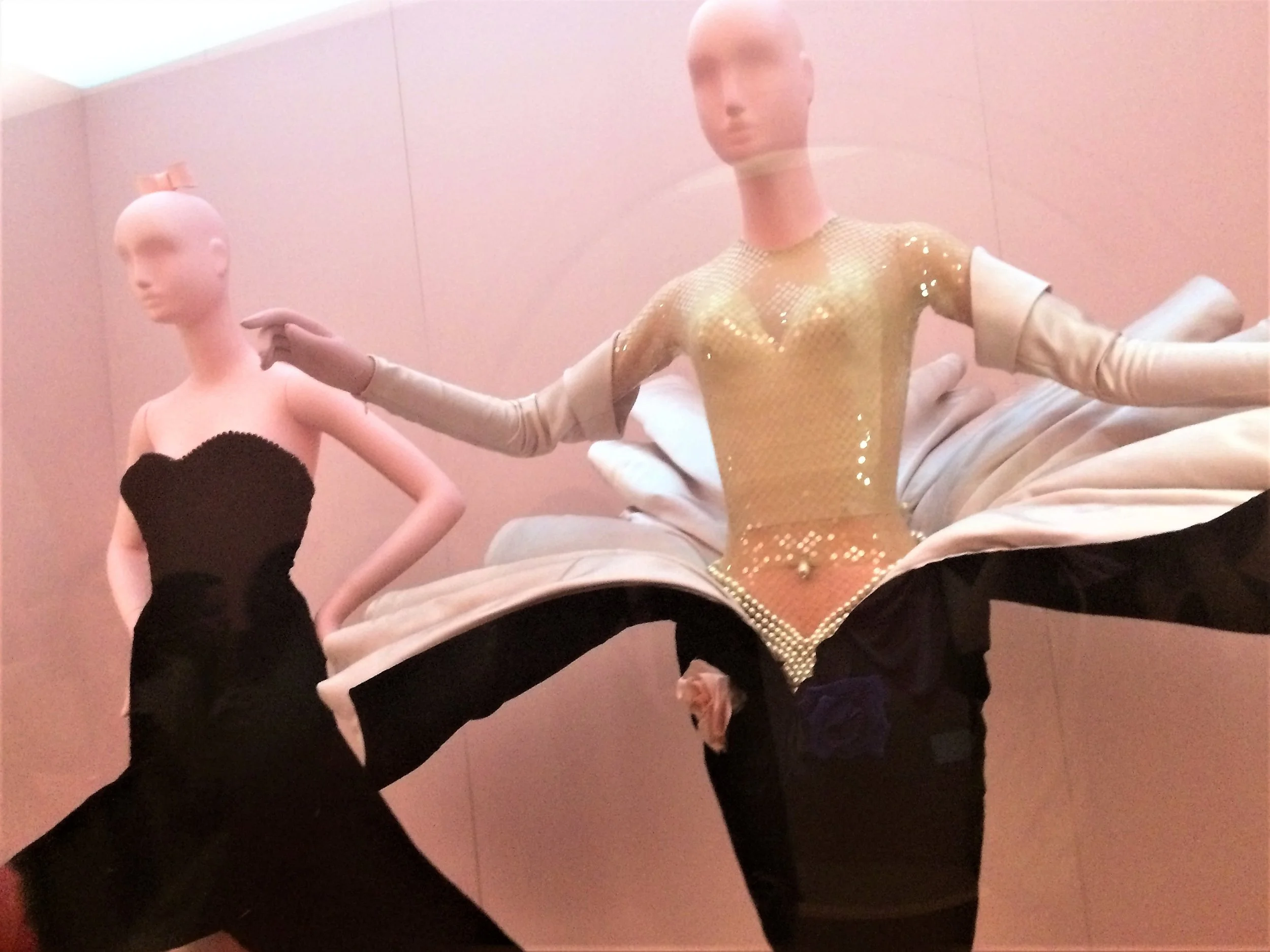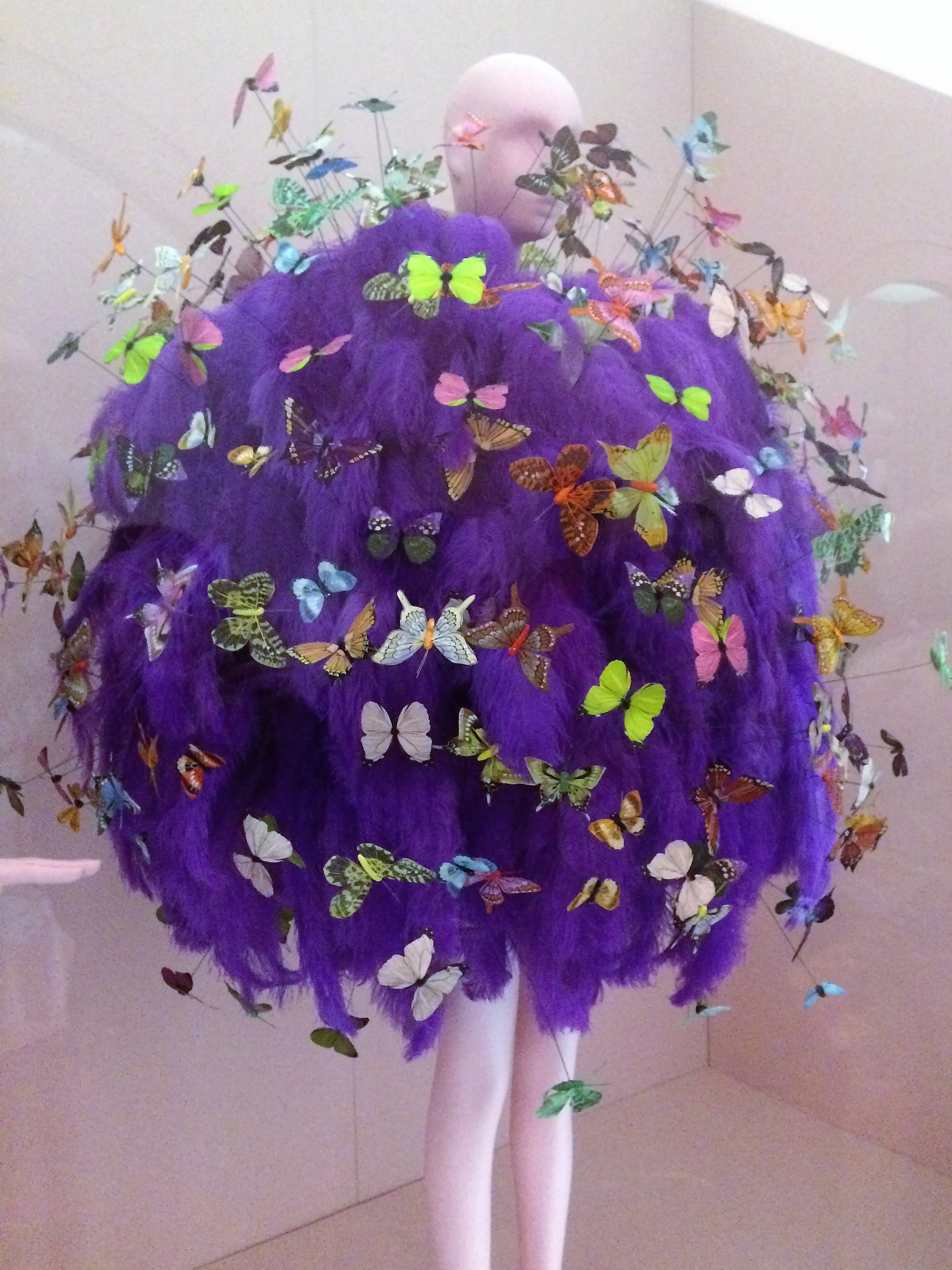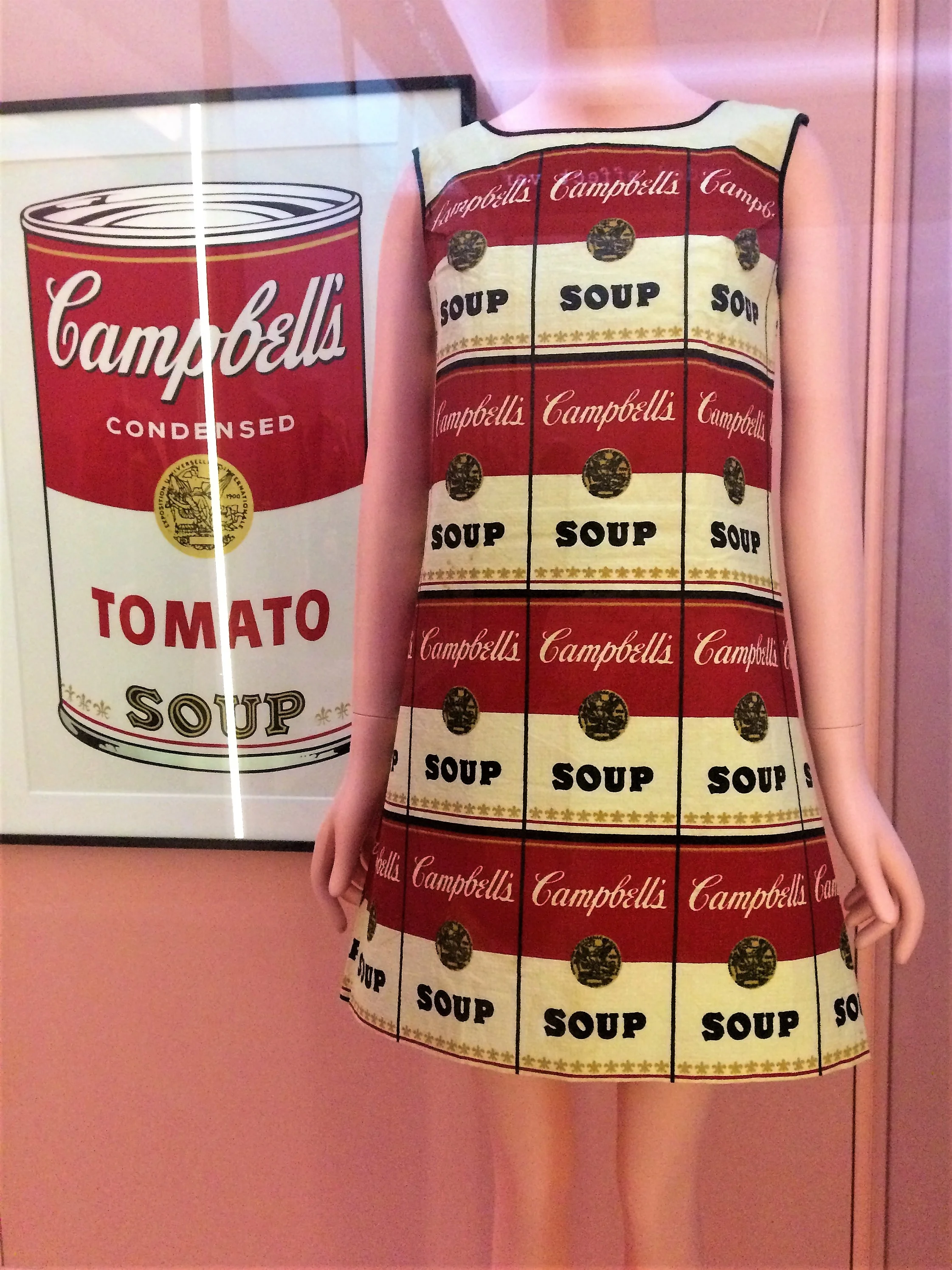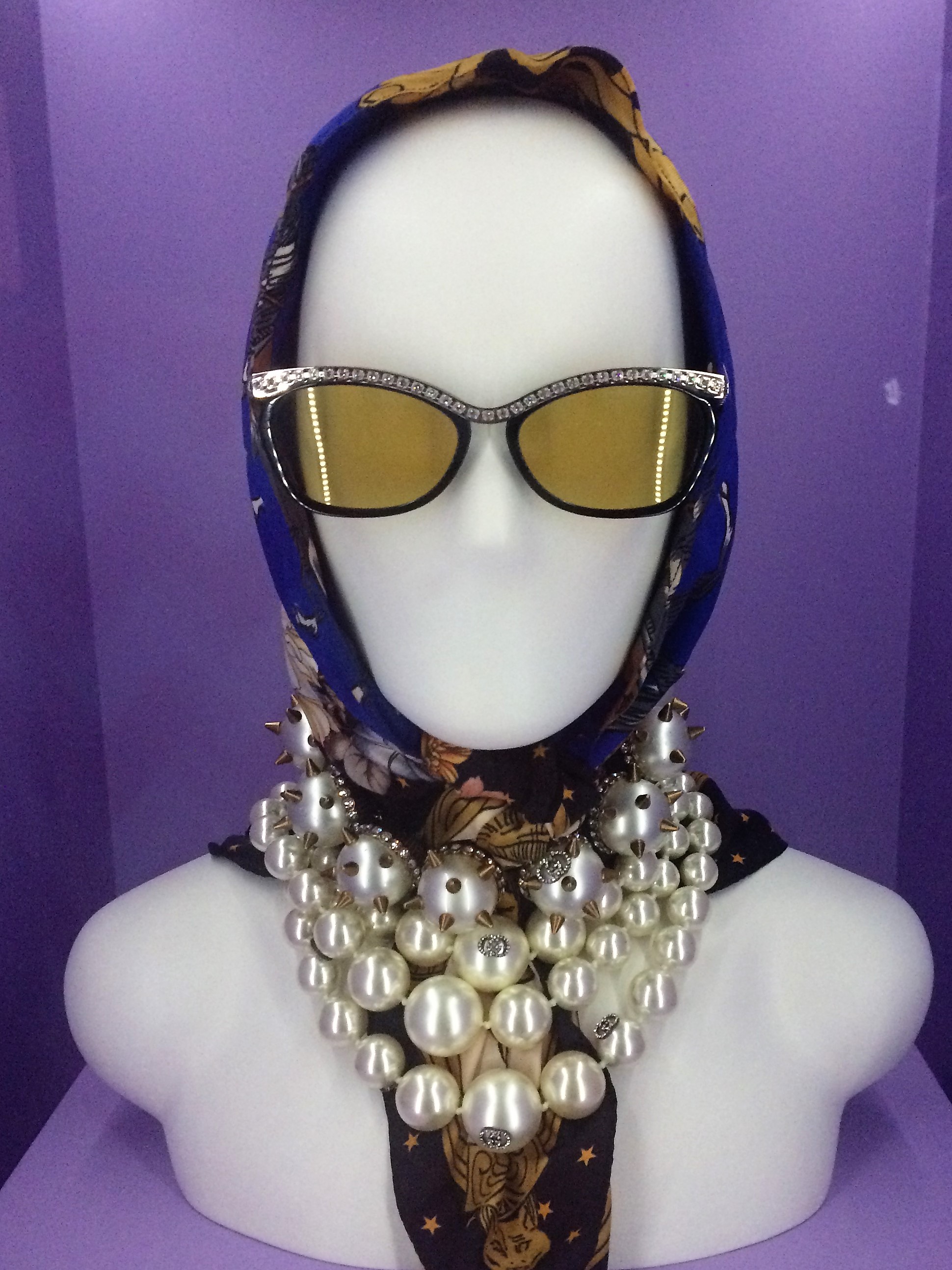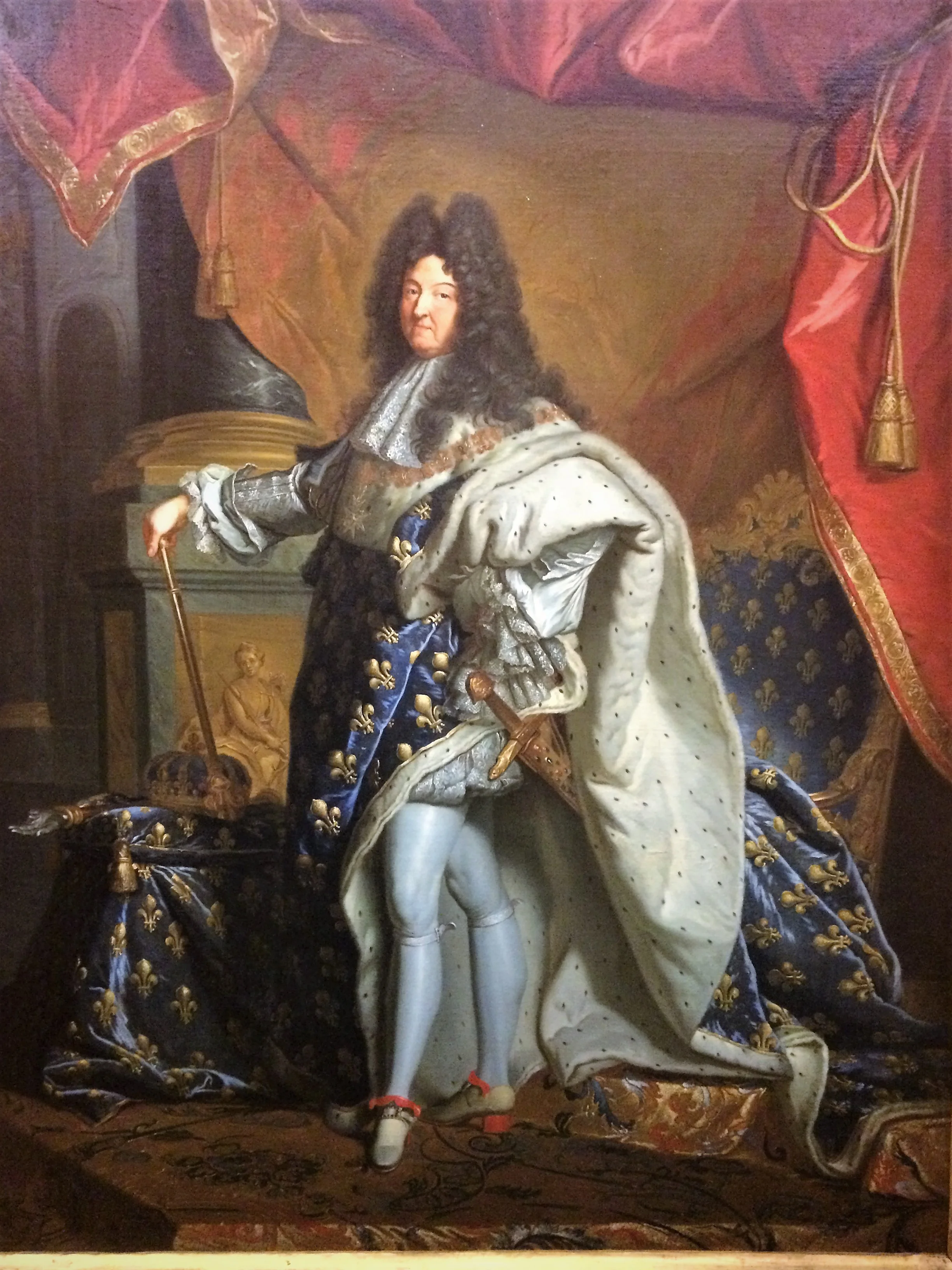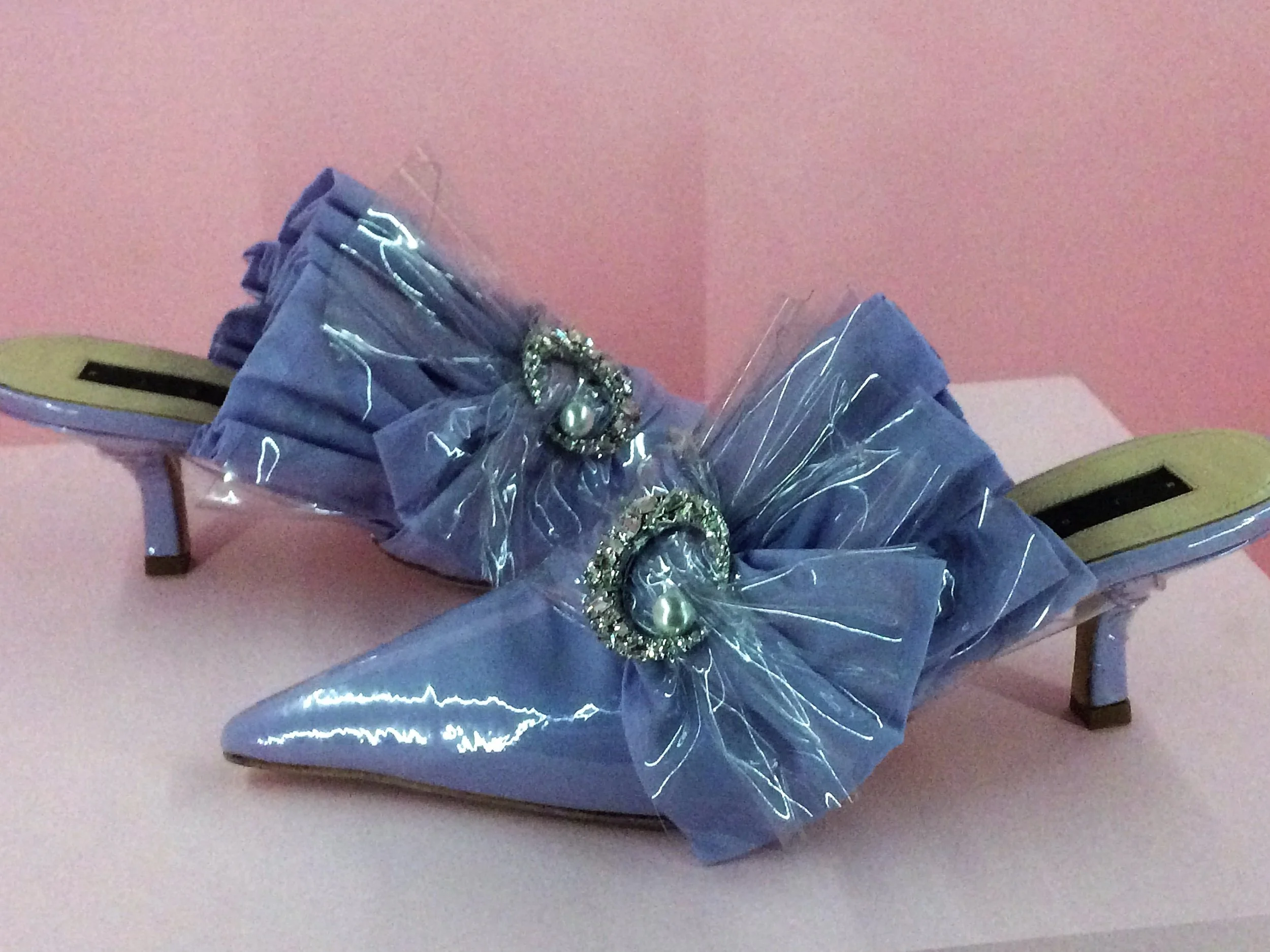At the Met: 'Camp: Notes on Fashion’
At New York’s Metropolitan Museum of Art, all eyes have turned to the Costume Institute’s springtime offering: Camp: Notes on Fashion. Arriving at a time when the museum has done away with its pay-what-you-like policy for New Yorkers and has started charging a mandatory $25 fee, a lot is riding on the success of the show. Hopes are justified. Here’s why.
In 2011, Alexander McQueen: Savage Beauty, a dazzling retrospective, arriving a year after the designer’s suicide at 40, became a roaring success with 661,509 visitors, many of them young adults. Queues wrapped the mezzanine, crossed the Great Hall, went out the doors and down the steps to stretch along Fifth Avenue. Memberships rose (up 75,000 according to my source at the Membership Desk), and Savage Beauty broke the Institute’s record to become one of the Met’s most popular shows.
Then came last year when Heavenly Bodies: Fashion and the Catholic Imagination broke all records—those of the Costume Institute as well as the Met—when 1,659,647 visitors came to see the exhibit in a relatively brief five-month period. Until then, Treasures of Tutankhamun (1978) had been the all-time blockbuster with 1,360,957 visitors coming over the course of a year. And now? Camp: Notes on Fashion.
What is Camp?
A brief history of the word ‘camp,’ is set out in the historical section of the exhibition: ‘Camp (V.)’— ‘se camper’ meaning ‘to posture’ or ‘to flaunt.’ Nearby, and central to this discussion, were Susan Sontag’s ‘Notes on Camp,’ published in The Partisan Review, 1964, suggesting ‘camp’ represents a democratic leveling of artistic and cultural hierarchies, a rejection of the distinctions between high art and popular culture. As neither definition offered clarity, I went online where ‘Camp (Adj.)’ was defined as consciously affecting the unfashionable, bizarre or weird. That seemed close to the mark. Yet the Costume Institute sees ‘camp’ as something exaggerated and laughable—done for amusement. As you can see, no two people agree.
Where to Begin?
Many critics feel that ‘camp’ implies a subversiveness, the undermining of the authority of something. But when Andy Warhol appropriated the Campbell’s label, I doubt it undermined the Campbell’s company. Indeed, it could be seen as homage to the ubiquity of the product on the shelves in American kitchens. And to his love of Campbell’s soup. So, can we say the same for the paper ‘Souper Dress’? Is it subversive? Pretentious and artificial? Amusing and done for laughs? I’ll let you decide.
Let’s Move On…
Arriving early on a members’ preview day, the galleries were packed. So, too, the narrow corridors, everyone aiming for an Instagram-worthy shot. My biggest worry was what to do in case of fire. In the entrance galleries, ideally, you need time to explore, to read the small print, to get up close to the historical materials laying out the case for ‘camp:’ Starting with a bronze Classical nude of Belvedere Antinous (1830)— the bent arm, the posturing, the jutting hip—a piece owned by King Louis XIV seen adopting a similar pose below.
What may have been ‘camp’ in another age, hardly feels ‘camp’ nowadays. Is this what Sontag predicted, the democratic leveling of artistic and cultural hierarchies? I don’t know about that, but the show shouts loudly at a time when many are looking to tone down the conversation. It delights in extravagance and artificiality as I struggle to declutter my closets. But it all depends on your definition: What is ‘camp’?
Looking at art can feel intimidating—but looking at clothing comes naturally. Everyone has an opinion. You’re entitled to yours. But would I wear it? Well, should anyone invite me on a Mediterranean cruise this summer, I’ll take along the ensemble to the left—the silk scarf, the shades, the Baroque pearls. And what about that paper ‘Souper Dress’? I don’t think I could afford it.
In the Gift Shop
Unlike every other department at the Met, the Costume Institute finances itself through the Met Gala—with tickets at $35,000 apiece, and tables from $200,000 to $300,000. The benefit was sponsored this year by Gucci and Conde Nast.
By the way, the walls in the gallery were painted a flamingo pink, as were those in the gift shop, to the right, which added a jolly note. But now it’s time to hope you are enjoying this Memorial Day weekend—Can anyone tell me why it’s so early this year?— and to wish you a safe and happy summer. Happy trails! As for me? I might go camping—at a laid-back Camp for Writers.
Hope to see you back around Labor Day…Until then, mes amis, que la vie soit bonne pour toi…May life be good to you.
